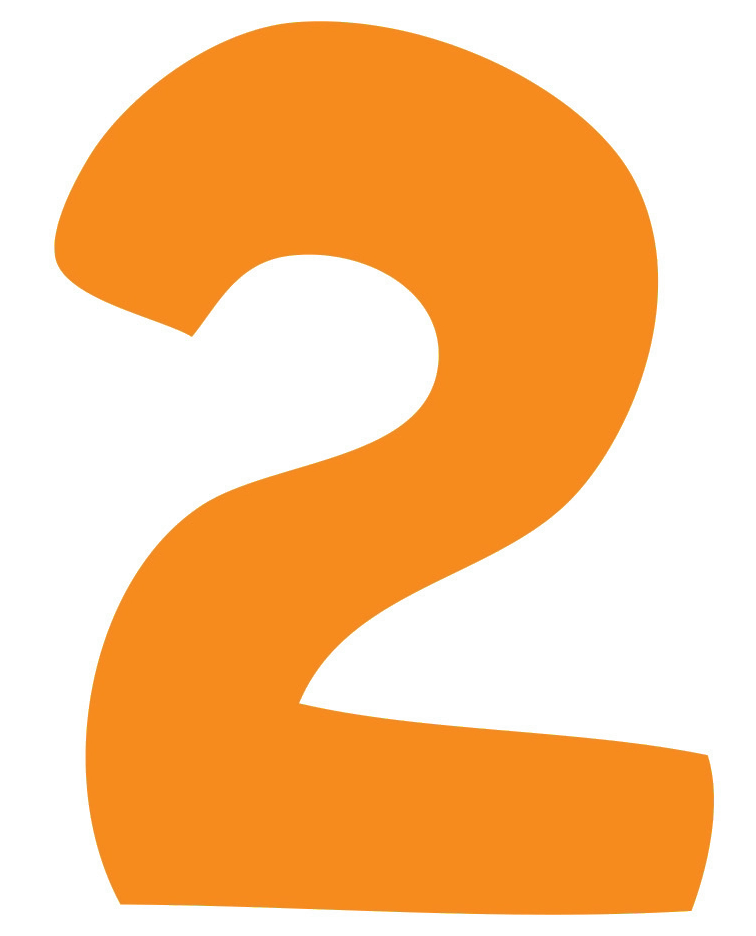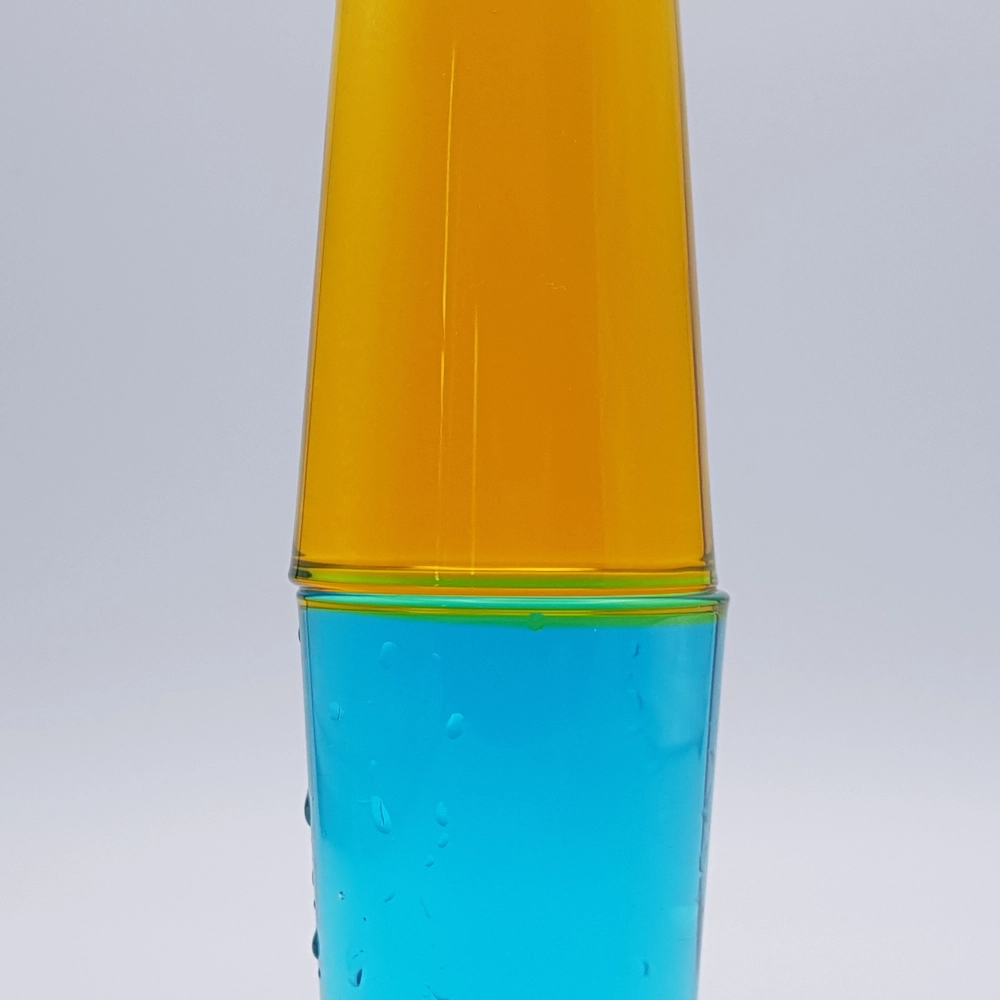
The density of hot and cold water.
Does water always mix with water? You might be tempted to answer yes. But the truth is that specific parameters such as temperature and gravity can prevent two solutions of the exact nature from mixing. With this experiment, you’ll understand everything!
You will need:
- Two water glasses
- Food coloring
- Some water
- A spoon
- A rigid plastic plate
- Otherwise: a Ziploc bag and rigid cardboard of 10 cm x 10 cm

From 6 years

Difficulty : easy

This experience requires the help of an adult

Let's experiment


Fill a glass with tap water, add a few drops of food coloring and place it in the refrigerator overnight.


The next day, fill the second glass to the brim with hot water and add a few drops of food coloring. Place your two glasses in a dish


Place your piece of hard plastic on top of the hot water glass and gently turn it over to balance it on top of the cold water glass. The air pressure in the room should keep the plastic stuck to the glass.


With the help of an adult, carefully remove the rigid plastic at the interface and observe what happens. Do the colors mix?
This step requires a lot of agility. Also, try again if you don’t get it right the first time.




Now you will repeat the experiment and place the glass of cold water over the glass of hot water. What do you observe?

Understand the experiment
Observations
Amusingly, you find that the colored liquids do not mix when the glass of hot water is placed on top. However, the colors mix when you use tempered water in each glass or place the cold water glass on top. Can you guess what’s happening?

Hot and cold water have different densities.
The water mixes with water, right? And yet, you notice that the colors stay on their side. Does the temperature have anything to do with it? Yes, the temperature changes the density of the water. In cold water, the water molecules are closer together. Coldwater is, therefore, denser. That means that cold water weighs more than hot water. The water molecules in hot water are further apart. So hot water is less dense than cold water. For the same volume of liquid, hot water will be lighter.
If you put the glass of hot water on top of the glass of cold water, the colors do not mix. You even get the impression that the yellow color is floating on top of the blue. When you remove the plastic, the two solutions don’t mix because the heavier cold water stays at the bottom. In contrast, the lighter hot water stays on top.
When gravity gets involved.
Suppose you invert the glasses to put the cold water solution on top, the solutions mix. That makes sense because the forces of gravity will pull down the heavier cold water. It sinks, causing the colors to mix in its path. That’s why you get green.
Why do icebergs float?
If cold water is heavier, why doesn’t ice sink? And yet, ice cubes, ice floes, and icebergs float.
In the solid-state, atoms and molecules are closer together. Solids are, therefore, denser than liquids, except in the case of ice. As water molecules form, they leave larger spaces to form crystals. This decrease in density makes them lighter.
Moreover, icebergs are formed with fresh water from glaciers. But the polar seas are salty, therefore, denser. It is for all these reasons that icebergs float instead of sinking.
Did you know?
The variations of warm and cold water in the seas and oceans form powerful ocean currents circulating on the bottom and surface of the oceans. These ocean currents help redistribute the heat stored in the oceans around the world and regulate the climate.
Challenge
You can try the same experiment, but this time using salt. Saltwater is heavier than pure water. By adjusting the salinity of the water, you can reproduce the density stages in a vertical container.

The illusion of the silver egg
A breathtaking illusion in which you will change the shell of an egg into silver. Long live physics. […]

Make bath bombs at home
A bath is even more fun with bath bombs that explode and fizz. It’s easy to make it yourself, in the colors of your choice and even with the fragrance you like. Do you want to add a festive touch? You can even add biodegradable glitters for a sparkling effervescence. […]

Soap bubbles to make invitation cards
Soap is a lot more fun than you can imagine. Use its exceptional power to create multicolor and original invitation cards by taking advantage of the science behind tensioactive properties! […]


